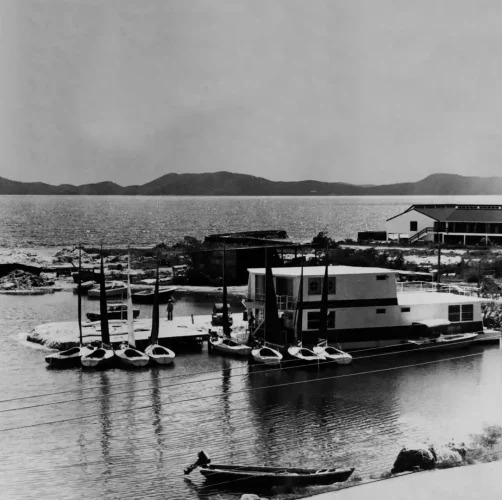Surge Protection – With all the thunder and lightning we have here, not to mention the power outages, is it any wonder we lose a few appliances? Proper grounding and bonding will help a great deal with some surges. The real nasty surges are so fast that they are measured in “nano seconds” or the speed of light. Before a circuit breaker or a slightly corroded ground can absorb a surge “bam” your computer, TV, AC or punch pad on your oven is gone. How do we protect our home from these transient surges caused by lightning strikes and power outages? “Surge Protectors” are the answer, but do they work? Well yes. The theory behind surge protection is a bit complex. The short of it is that there are two types.
MOV Technology vs SAD Technology
It seems for years time and time again the debate over AC surge protection using MOV (metal oxide varistor) technology or using SAD (silicon avalanche diode) technology keeps coming up.
Some of the factors for using one technology over the other seems to be response time, clamp voltage, surge energy and surge current capability. Throughout this paper there will be a comparison of both technologies for each factor:
- Response time: This seems to be one of the most dwelled upon factors for choosing SAD based technology over MOV based technology. The manufacturers for SAD based technology always seem to push that their response time is < 1ns, where MOV technology has a response time of < 5ns. That shows that SADs respond 5 times faster than MOVs. In reality this time difference is a non-issue. A nano second is 0.000000001s that is one billionth of a second. One cycle of a standard AC voltage at 60Hz is 16.7ms that is 0.0167s. On top of that a standard transient voltage waveform as defined by IEEE C62.41 is 1.2X50us. This says that the standard rise time of a transient is 1.2us (0.0000012s) and the duration is 50us (0.00005s). As can be seen here 8us is over 1000 times longer than 5ns. Therefore it makes no difference if the protection responds in 1ns or 5 ns;
- Clamp voltage: It is true that a lower clamp voltage will be attained by using SAD technology over MOV technology. What we want to dwell on here is some of the drawbacks to having low clamp voltages. After years of studies we see that the use of varistors with higher headroom can “ride out” common AC voltage swells. Although at the component level these yield a higher let-through, low impedance connection cable makes up the difference. They were finding that in some instances for different reasons the power coming in would go above the 15% headroom that can be built in and cause devastating failures. Most of these did occur overseas in locations where power was not so well regulated. Very few did occur in locations where well regulated power was available but other circumstances caused the power line to “swell”. Looking at a technology that thrives on low clamp voltages, being able to ride out these temporary over voltages becomes impossible. This is a recipe for a disaster. Using a low clamping technology is just waiting for a premature failure to occur;
- Surge energy and surge current capability: Although they are different there are many similarities between the two technologies to allow the two to be grouped together. The main difference is that surge energy is voltage dependent. The higher the MCOV (maximum continuous operating voltage the higher the surge energy). Surge current capability is typically dependent only on the series of MOV or SAD regardless of voltage. In both cases you will find that MOV technology can be much superior to SAD technology.
Mark Wollner is the principal of Island Time ltd. For Further advice on home inspections call 4991557






